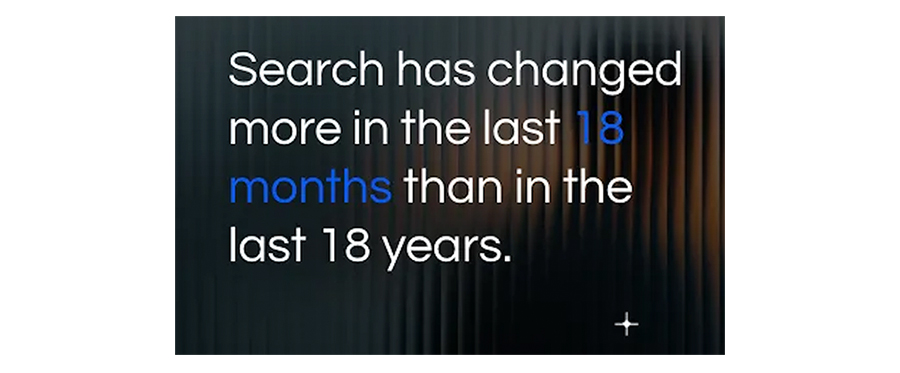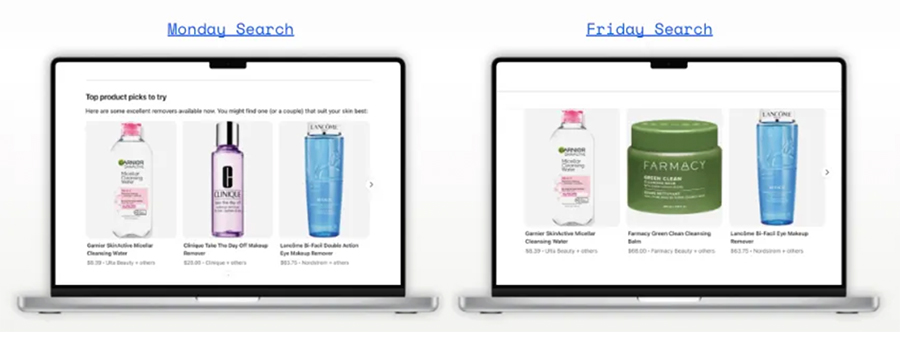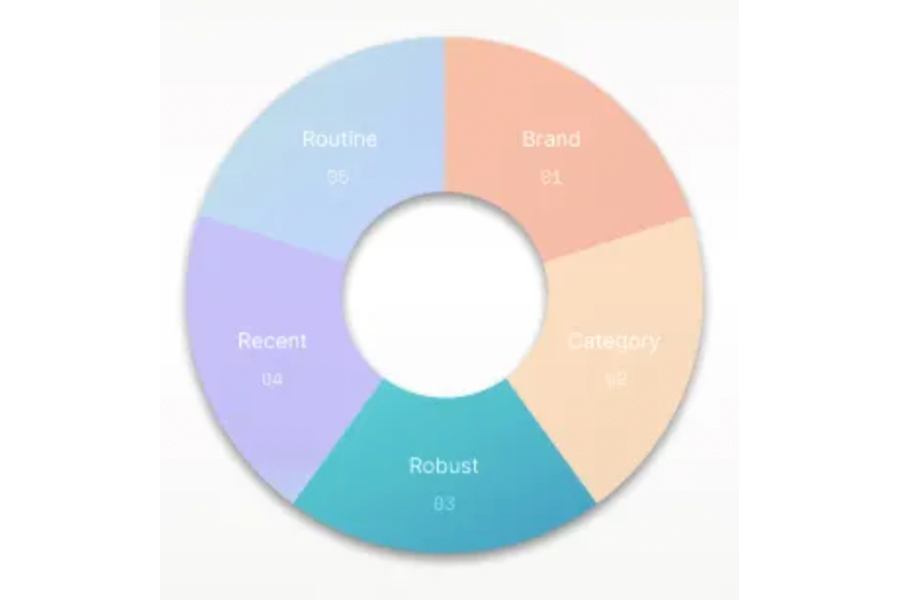At DKC’s recent AI Evolution event, industry leaders gathered to unpack one of the biggest paradigm shifts in modern marketing: the rise of AI-driven search and its disruption of traditional brand visibility. In this follow-up, Michael Moschella, executive director of DKC Analytics, dives deeper into the agency’s newly announced AI Evolution offering—a collaboration between DKC Analytics and Stripe Theory that helps brands understand, influence, and optimize how they appear in AI search results. As AI continues to reshape how consumers discover information, this initiative marks an essential step toward redefining search strategy for the new era.

CMOs across the globe are waking up to the realization that everything they knew about protecting their brand online has changed.
What is going on? Simple: AI is eating brand search optimization. 15% of consumers are skipping Google and going straight to ChatGPT. This is particularly pronounced within certain demographics and industries.
Here are the 10 most impacted categories:
Personally, I’m thrilled that AI can quickly provide a creative Negroni recipe. Otherwise, I’d have to sift through so many pop-up ads and boring narratives about a stranger’s visit to Florence that I’d quit trying and just open a beer instead. But which gin brand should I use?!?! [Help me, mighty infallible answer machine.]
How does a brand master this new landscape?
The bad news is that nobody knows exactly how it works, and there’s no guaranteed way to optimize how your brand, products, or executives appear in AI search. The good news is we know exactly what skill sets are needed and can lay out a clear process to give you an advantage.
That’s why DKC Analytics and Stripe Theory are combining forces to launch AI Evolution, a cross-functional team that identifies what conversations are happening across the AI search landscape, surfaces what information sources feed the answer matrix, and generates strategic communications recommendations to rapidly shift the LLM landscape in favor of your brand.
We’ve been working with a major household name brands, and here’s a small sample of what we’ve learned:

Careful! The big mistake we all make is thinking that winning the AI optimization battle is about what you (the communicator) want to express. Mindset shift: it’s about what people want to learn. Another big mistake communicators make is in thinking a data platform or fancy charts alone will help brands adapt to AI, but this is a data challenge and an organizational challenge. You are going to need the PR, data, and SEO functions all working together.
Here are the 3 Rs that should guide this team restructuring:

Let us know if you need some help…it’s only the biggest information shift ever, so why not?